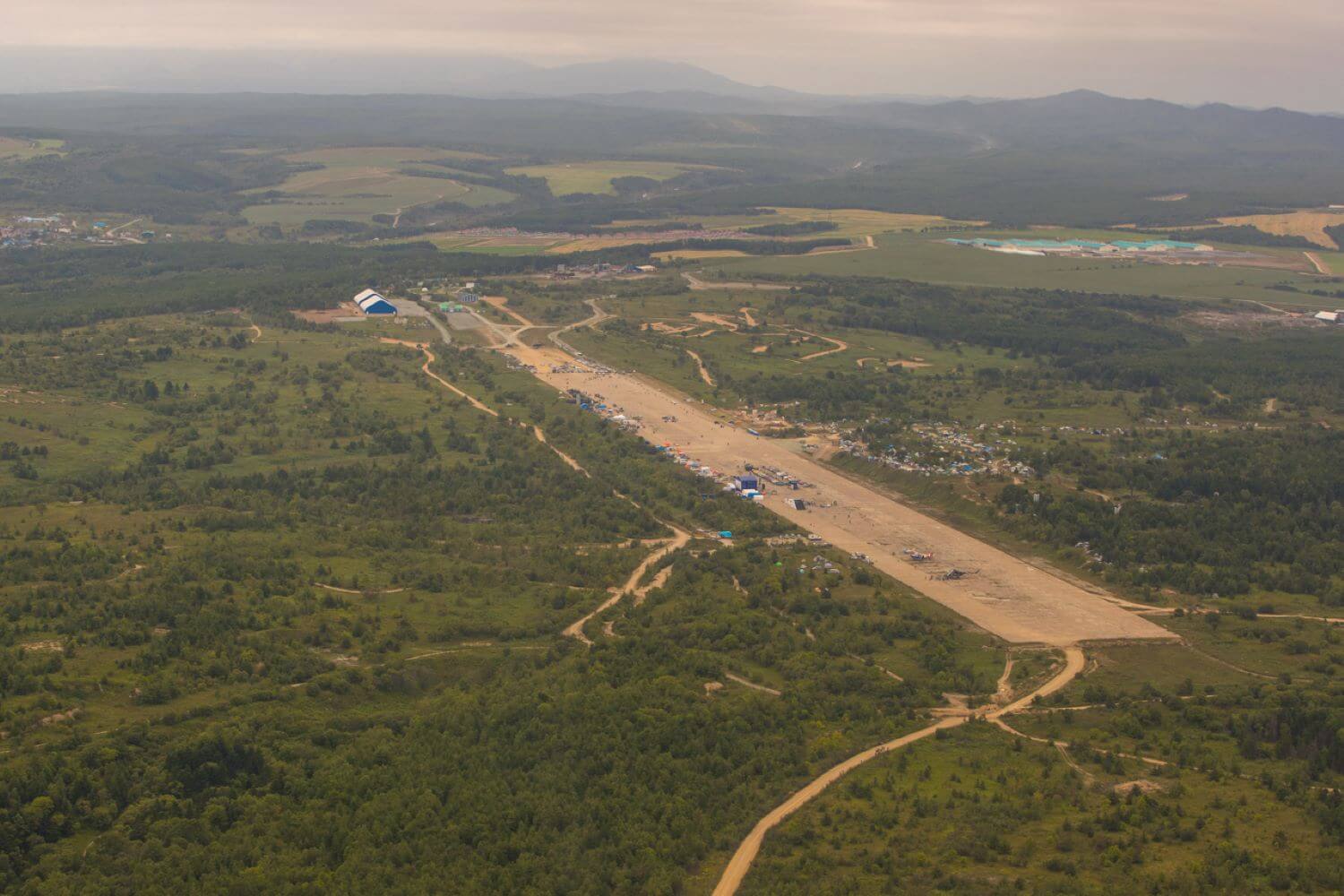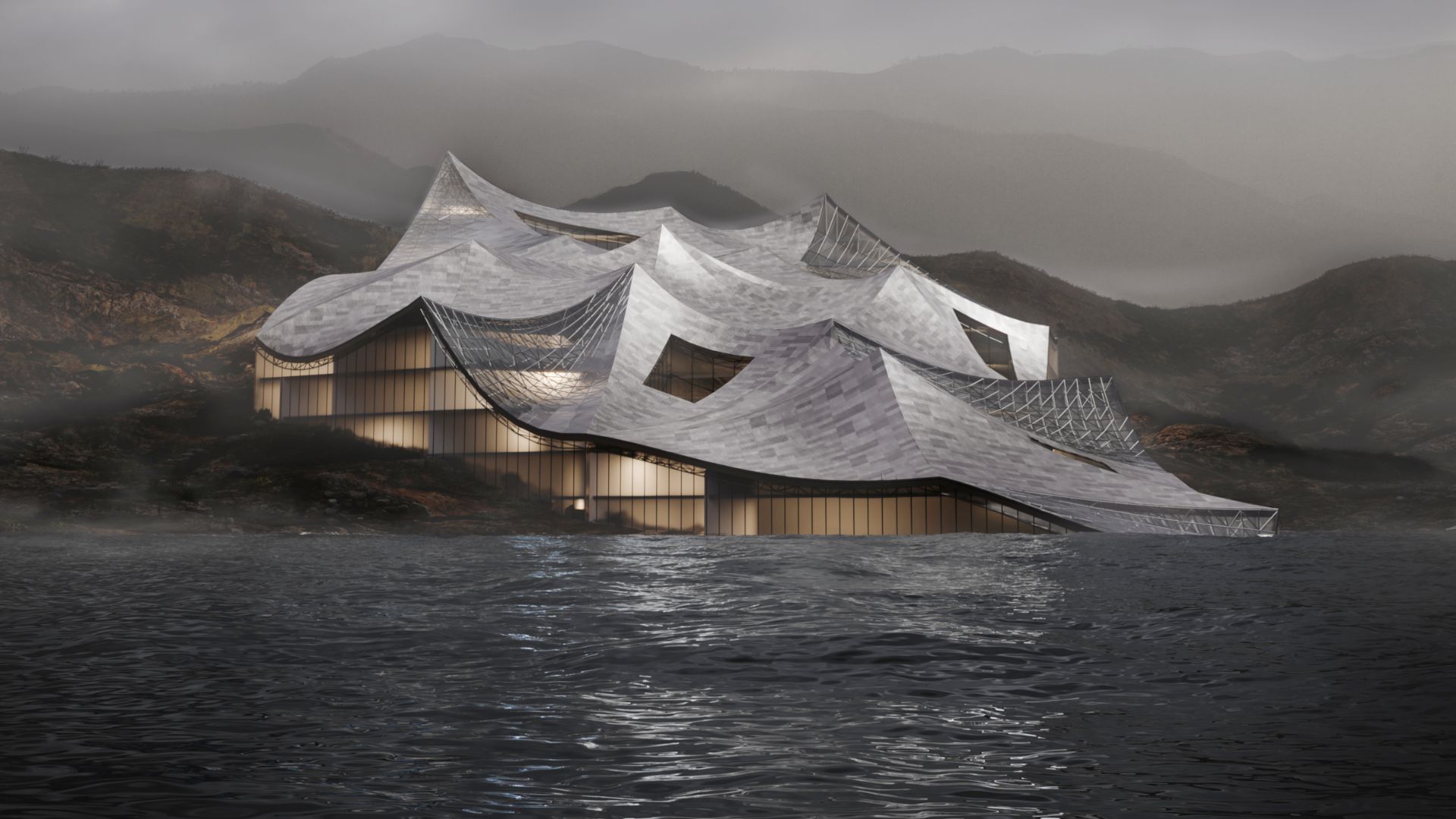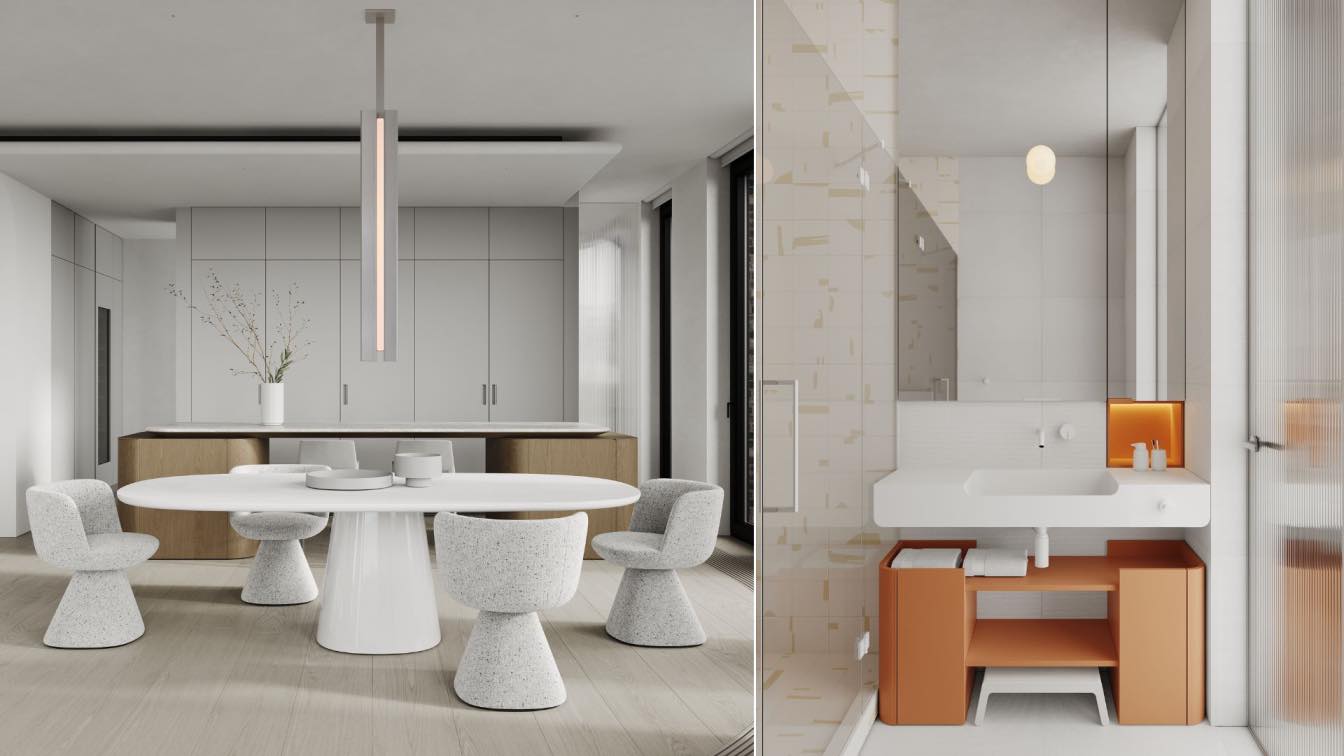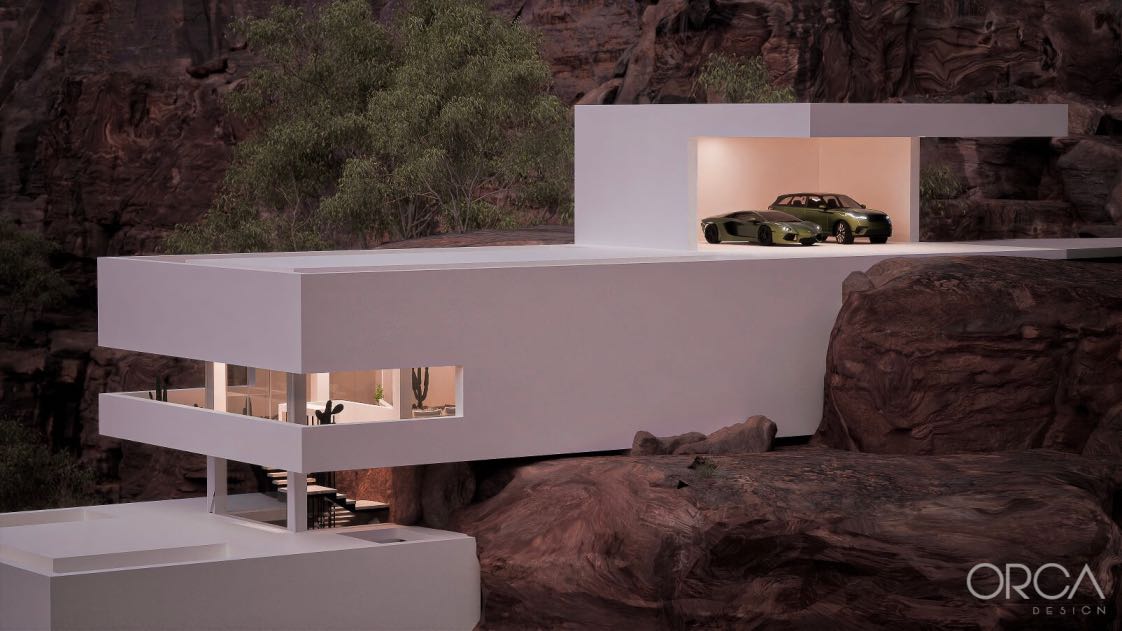Wowhaus was selected as part of the 5 international teams that have designed an architectural and urban development concept in the Open International Competition for the new Ecopolis in Sakhalin, Russia.
WOWHAUS studio was founded by Dmitry Likin and Oleg Shapiro in 2008. The bureau deals with the full cycle of architectural projects: development of large urban areas, spatial design, improvement of public and private spaces, interior and exhibition design and temporary architecture. Strelka Institute, Krymskaya Embankment, Gorky Park in Moscow: our projects of the early 2010s became the basis for a new design language that included Russia in an international context.
Together with TSPA, Nomura Research Institute, and the Scientific Research Institute of Ecology and Sustainable Management of Natural Resources, Wowhaus developed a concept for a new city model that will bring a “qualitative transformation of the regional economy, its modernization, and diversification, the development of green energy, as well as the creation of a technology incubator and new industries“.
The consortium Wowhaus + TSPA + Nomura + Research Institute of Ecology is a team of professionals from various industries who have many years of experience and create reasonable and responsive projects and solutions. For the competition area we propose a sustainable development option, which includes working with environmental, urban planning, economic and cultural factors.

Sakhalin is where East meets West and sea meets land. Russia's largest island, washed by the Sea of Okhotsk and the Sea of Japan. A treasure trove of natural resources, with a unique ecosystem that has developed in isolation, Sakhalin is a resource-rich region. Now flows of raw materials and industrial products transit through the island via the port of Korsakov. One of the main aims of Ecopolis is to circuit the flow of resources and keep part of it within the island.
The expansion of the port of Korsakov will turn it into a global transport hub of world significance and will provide new economic and commercial opportunities for the island and the whole country.
The Ecopolis and the future port must grow together and become part of the Yuzhno-Sakhalinsk agglomeration. This will ensure the sustainable development of the region. Our bid seeks spatial integration of the Ecopolis with the existing urban fabric of Korsakov, the landscape and the ocean.
Ecopolis is an example of conscious use of natural resources. The city develops on hilltops, away from the steep slopes of rivers. Its boundaries are porous and transparent. This allows the surrounding forests to be incorporated into the urban fabric. Ecological corridors crisscross the city and complement the urban environment with green public spaces.
We propose a space-efficient city centred on a park overlooking the ocean, a landscaped natural area that is protected from urban development and excessive human pressures.

Heterogeneous urban spaces, multicultural society, and diverse public functions make Ecopolis a dynamic city. It is based on three urban clusters. Each represents a unique urban typology, architecture and functions.
The cultural and business cluster develops along the coast, next to the new city port. It provides residential areas with access to the coast and activates the waterfront. The cluster has its own developed marina for private ships and forms the maritime facade of the new city.
In the centre of Ecopolis there is a cultural and educational cluster, its semantic core is the university with administrative, cultural areas and lively public spaces. High-density multifunctional buildings combine commercial services and residential space.
The Sakhalin Tech science and technology cluster, with laboratories and a research centre, is located in the northern part of the city. It is an innovative scientific and industrial park operating on a regional and national scale. It allows the integration of scientific activities, residential, cultural and industrial functions in the same area.
The runway is part of the existing area's identity. It is a dominant feature that shapes the character of the urban structure. The scale of the runway enables the biggest urban events to take place here and makes it a festival site of regional significance.































